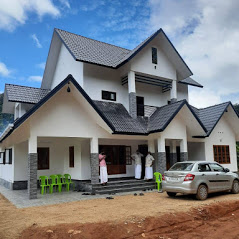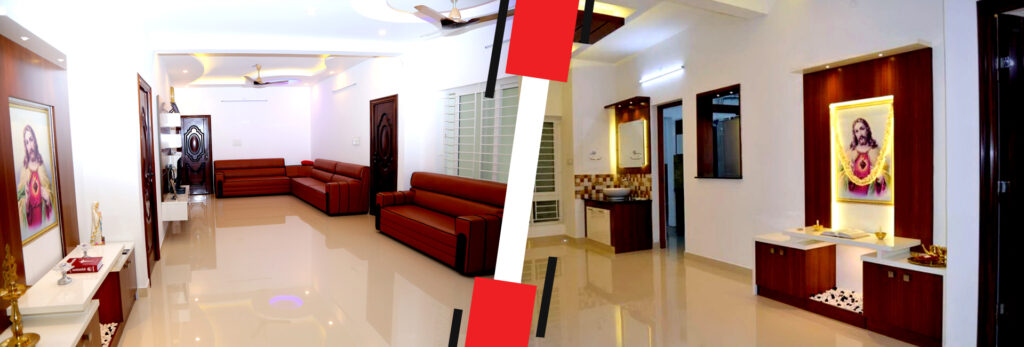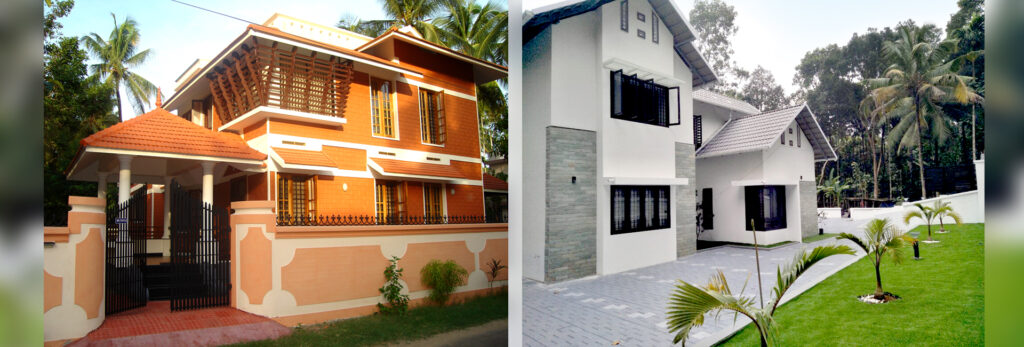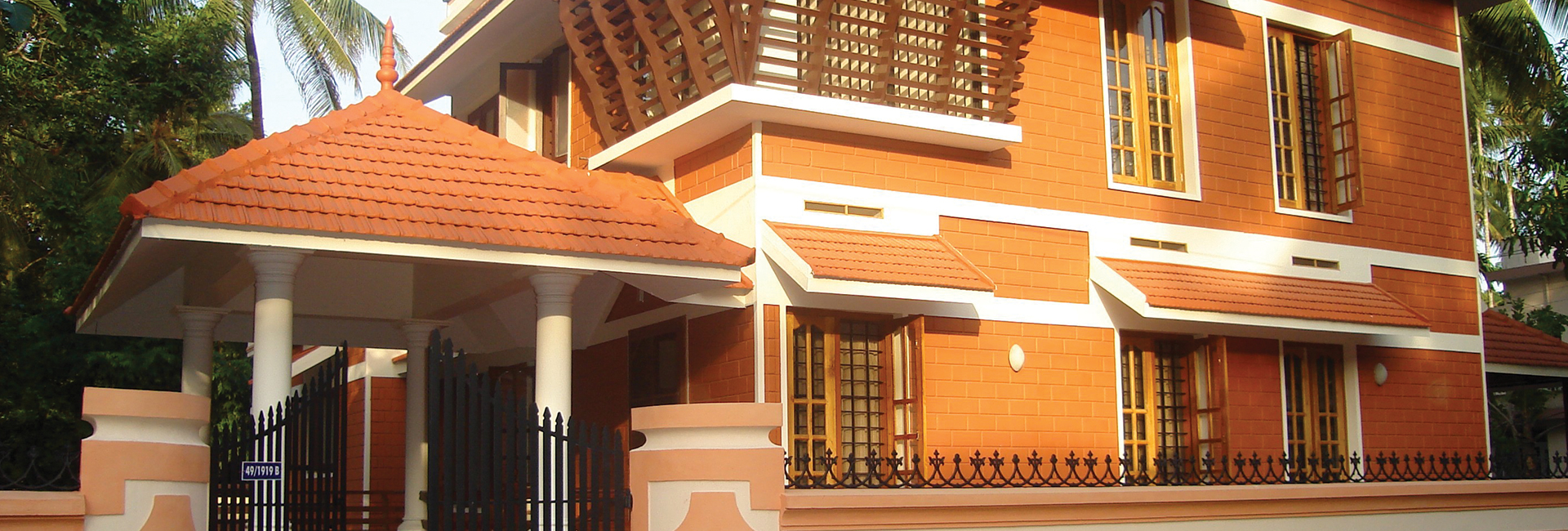
Interlocking Bricks and Energy Efficiency: Creating Sustainable Buildings
- toughie
- 8 Feb, 2024
Interlocking bricks have emerged as a revolutionary building material in the construction industry, offering not only structural integrity but also remarkable energy efficiency. As the world gravitates towards sustainable solutions, interlocking bricks have become a cornerstone in creating eco-friendly and energy-efficient buildings.
One of the key aspects that set interlocking bricks apart is their unique design. These bricks feature interlocking grooves and tongues that fit snugly together, eliminating the need for mortar during construction. This innovative design not only expedites the building process but also significantly reduces the consumption of energy-intensive materials like cement and mortar. By minimizing the use of these materials, interlocking bricks contribute to lower embodied energy in construction, thereby reducing the environmental impact of building projects.
Moreover, the interlocking mechanism of these bricks enhances thermal efficiency in buildings. The snug fit between bricks creates a continuous thermal barrier, preventing heat transfer through walls. This means that buildings constructed with interlocking bricks require less energy for heating and cooling, resulting in lower energy bills for occupants. Additionally, the thermal mass of interlocking brick structures helps regulate indoor temperatures, ensuring comfort throughout the year while further reducing reliance on mechanical heating and cooling systems.

Furthermore, interlocking bricks promote sustainability by utilizing locally available materials. These bricks can be manufactured using various materials such as clay, soil, fly ash, or even recycled materials like plastic. By sourcing materials locally, interlocking brick production minimizes transportation emissions and supports local economies. Additionally, the durability of interlocking brick buildings reduces the need for frequent maintenance and repairs, further extending their lifespan and reducing environmental impact over time.
In addition to energy efficiency and sustainability, interlocking bricks offer other benefits such as cost-effectiveness and ease of construction. Their modular design allows for quick and straightforward assembly, reducing labor costs and construction time. This makes interlocking bricks an attractive option for both large-scale projects and small-scale initiatives in urban and rural areas alike.
In conclusion, interlocking bricks represent a significant advancement in sustainable building practices. By combining energy efficiency, sustainability, and cost-effectiveness, these bricks are reshaping the construction landscape and paving the way for a greener future. As the demand for sustainable building materials continues to rise, interlocking bricks stand out as a versatile and environmentally friendly solution for creating sustainable buildings.

